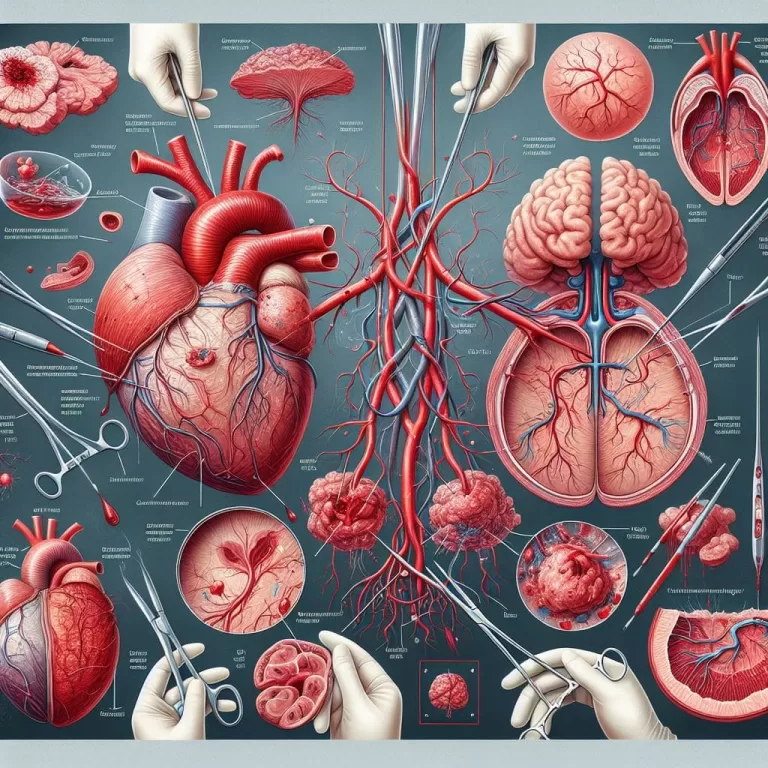Brain AVM
**Brain Arteriovenous Malformation (Brain AVM): A Comprehensive Guide**
Brain Arteriovenous Malformation (Brain AVM) is a rare and potentially life-threatening condition where abnormal blood vessels develop in the brain. This malformation can lead to seizures, headaches, stroke, and other neurological complications.
**Definition and Symptoms**
A Brain AVM occurs when arteries and veins in the brain form direct connections, bypassing the normal capillary network. Symptoms can vary depending on the size and location of the AVM, but may include:
* Seizures (focal and generalized)
* Headaches
* Focal neurological deficits (e.g., speech difficulties, limb weakness)
* Cranial nerve palsies
* Cognitive impairment
* Hemorrhage (ruptured AVM)
**Diagnosis and Treatment**
Diagnosing a Brain AVM typically involves advanced imaging techniques like MRI or CT angiography. Treatment options may include:
* **Endovascular Embolization:** Injections of material to block abnormal blood flow
* **Radiation Therapy:** Exposure to high-energy radiation to shrink the AVM
* **Surgical Resection:** Removal of the AVM through open surgery
* **Medical Management:** Medications to control symptoms like seizures and hemorrhage
**Prognosis and Outlook**
The prognosis and outlook for Brain AVM depends on several factors, including its size, location, and symptoms. Early diagnosis and treatment are critical to prevent serious complications. Regular follow-up is essential to monitor the condition and detect any changes.
**Keywords and Phrases**
* Brain Arteriovenous Malformation
* AVM
* Arteriovenous fistula
* Intracranial vascular malformation
* Brain hemorrhage
* Seizures
* Headaches
* Neurological complications
* Embolization
* Radiation therapy
* Surgery
* Medical management
Arteriovenous Malformation (AVM) Surgery: Comprehensive Overview

Three kinds of surgery are capable of treating an arteriovenous malformation, a tangle of blood vessels that impedes blood flow. An arteriovenous malformation (AVM) is a rare, noncancerous entanglement of blood vessels that prevents blood from flowing between your arteries…
